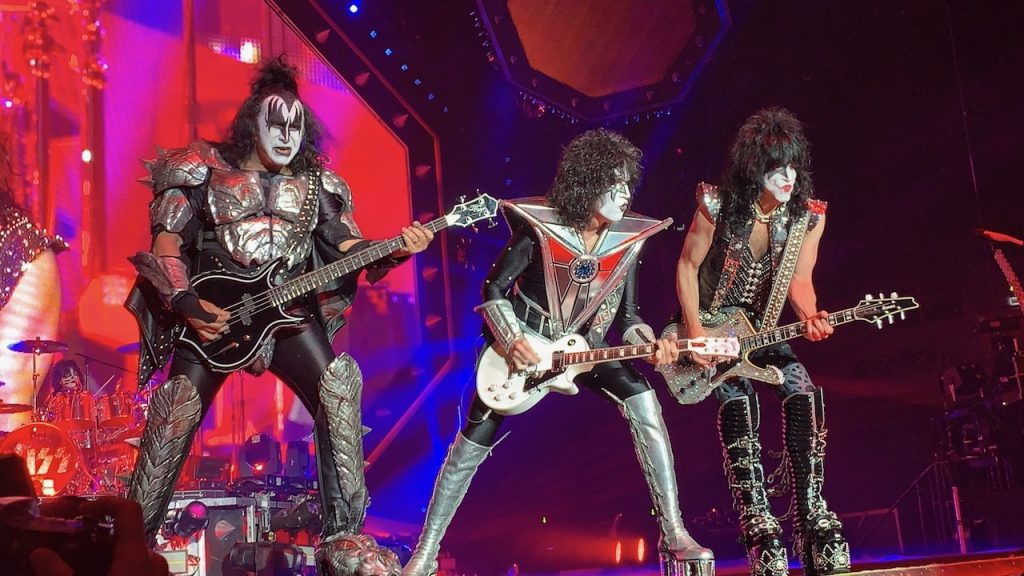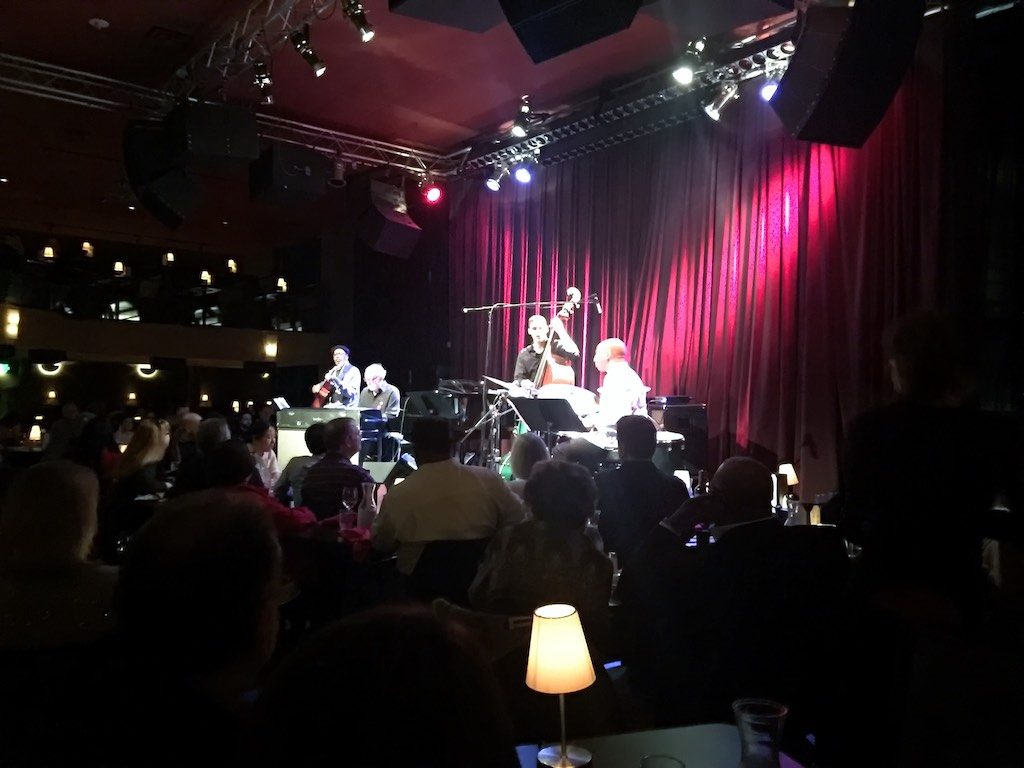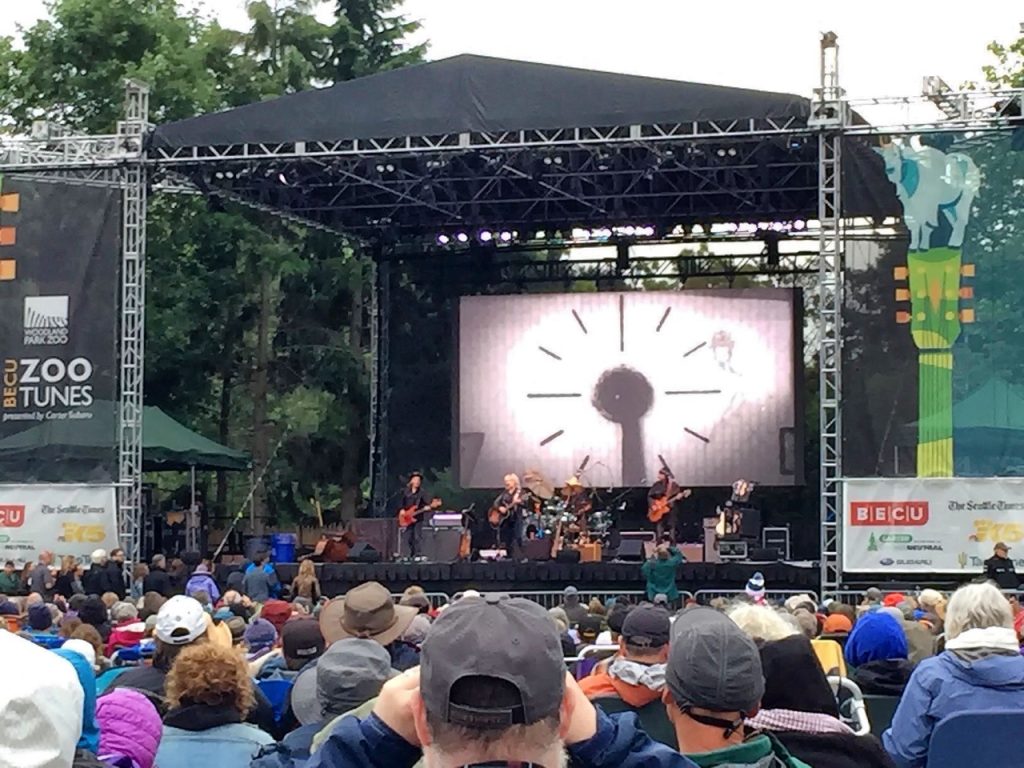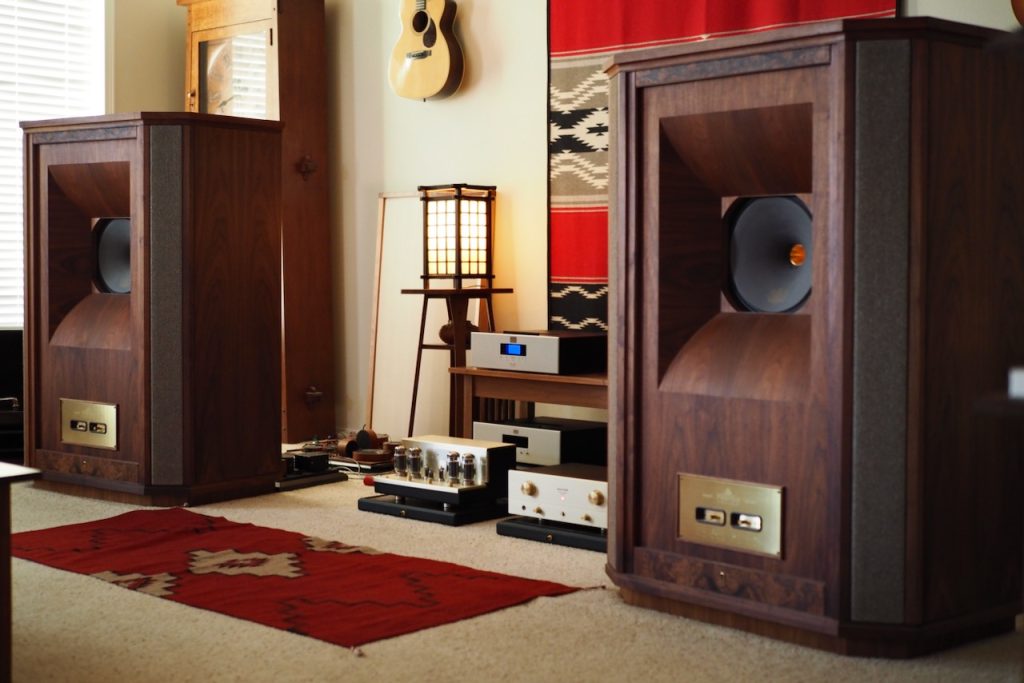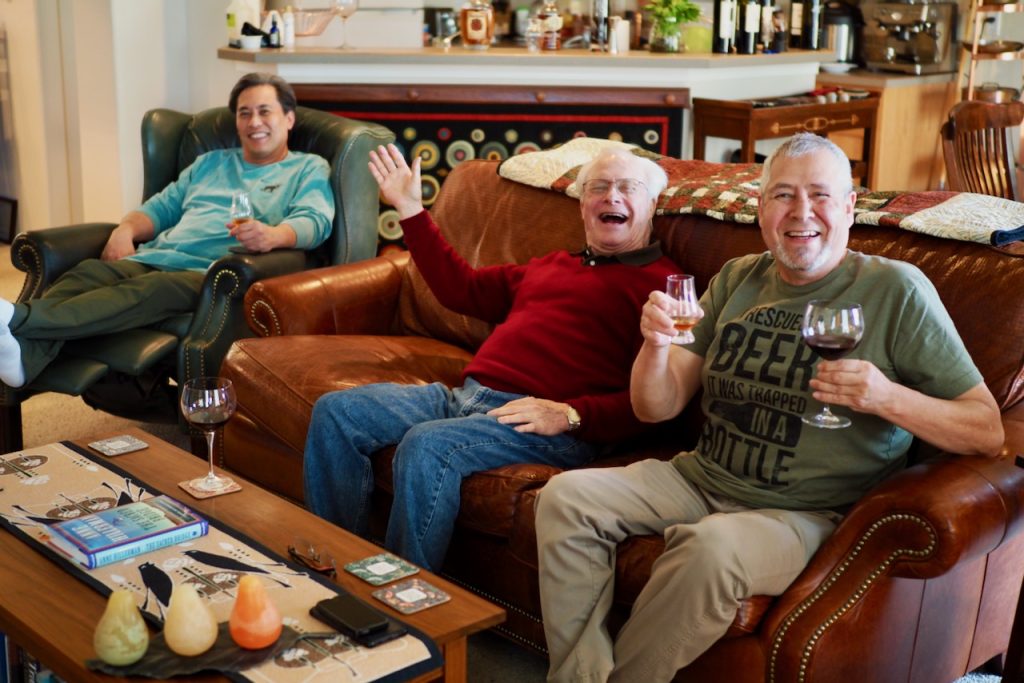The nanny state is taking away your freedom to listen to loud music!
Huh? What? What did you say?
The World Health Organization has launched a global standard for safe listening at venues and events that is worth reading (HERE), and in response numerous countries around the world are putting in place legislation that sets legal limits for SPL listening levels at live music venues.
For example, Austria has set maximum concert SPL levels at 100 dB for a 1 minute exposure, which basically means concerts can hit peaks of 100 dB for no more than a minute.
Other countries are adopting SPL limits for live music venues that vary somewhat around that SPL level.
Back in the day, Led Zeppelin, AC/DC, and Motörhead could hit peak SPLs of 130 dB at concerts, and Kiss might hit an astonishing 136 dB, which is near the takeoff SPL of a Boeing 747 jet aircraft. That is really, really, loud.
While limiting loud SPLs can sometimes impact the creativity of musicians, the idea is to protect the musicians, and patrons listening to them, from music that is so loud it can permanently damage their hearing.
The sound pressure level (SPL) of live music can vary quite a lot. A classical concert typically falls in the range of 70 dB to 90 dB. Vocals in a typical popular song can range between 84 dB and 93 dB.
I’ve measured SPL levels at jazz performances at around 93 dB for Jazz Alley (Seattle), and Reduta Jazz Club (Prague), while attending concerts.
As noted above, rock concerts can easily exceed 120 dB.
Typical SPL levels at indoor music venues can range from 95 dB and 110 dB on peaks, and typically 90 dB to 100 dB on peaks for outdoor venues.
Sound levels at concerts also vary according to where you sit in relationship to the stage. Sitting close to the front of a venue versus at the back of a venue can vary up to 26 dB in some locations.
A normal conversation is around 60 dB. SPLs at or below 70 dB are generally considered as safe. SPLs above 85 dB can cause hearing loss. At SPLs above 85 dB the length of exposure determines the risk of hearing loss.
At 85 dB the safe exposure limit is 8 hours. A good rule of thumb is that for every 3 dB above 85 dB the exposure time before hearing loss occurs is cut in half.
So at 88 dB safe exposure time is 4 hours, at 91 dB safe exposure time is 2 hours, at 94 dB the safe exposure time is 1 hour. Going up further in SPLs, for 100 dB the safe exposure time is 15 minutes, at 112 dB the safe exposure time is 1 minute, and at 115 dB the safe exposure time is 30 seconds.
For my personal home audio listening, the SPL levels I typically listen at are in the range of 70-something dB to about 93 dB on peaks, with an average SPL level of around 85 dB (SPL meter set to C weighting and fast response).
An average LP is about 15 to 22 minutes per side, and a CD can max out at around 74 minutes.
Typically my favorite albums are in the range of 40 to 45 minutes in length, so I could listen to about 11 of my favorite LPs in a row at 85 dB safely without worrying about hearing loss.
If I were to listening at 94 dB, my safe listening time drops to one hour, or about 1.5 albums, if I want to avoid hearing loss.
Typically, I don’t listen continuously for extended periods. I listen to an album or two, then I take a break, and am off doing something else for a while.
When I invite friends over for an audio get-together, its usually lasts for 3 to 4 hours.
Part of that listening time is at low levels, in the 60 dB to 70 dB range, while we are eating, drinking, and telling stories. Part of that listening time is in the 70 dB to 85 dB range while listening and talking about hi-fi or music. For focused listening we are typically in the range of 75 dB to 93 dB, with an occasional peak near or above 100 dB, depending on the music.
We might exceed 93 dB when we get carried away with certain albums or songs. So for a 4 hour hi-fi gathering we might be in the average listening SPL range of around 88 dB, which is a relatively safe exposure level for 4 hours.
If we have to shout at each other to be heard over the music, its probably too loud for extended safe listening.
You’ll see me refer to listening at ‘live-like’ levels in my articles about hi-fi, which I consider to be about 70 dB to 93 dB based on the kind of music, usually jazz or classical, that I listen to at concerts. Classical peaks might briefly hit near or above 100 dB on occasion.
I usually take ear plugs with me to concerts in case I might need them if the sound gets too loud, and its not unusual for musicians to wear ear plugs to reduce their exposure to loud SPLs as well.
A jazz concert at Jazz Alley in Seattle is typically between 70 and 90 minutes. Length of a typical classical concert is usually 1 to 2 hours. A rock concert is typically 3 to 4 hours long. Operas can last from 1.5 to 5 hours.
Performances usually have an intermission for the benefit of the musicians and patrons. When musicians are playing live, sets are usually no longer than 45 minutes, so they can take a break, reduce their SPL exposure, catch their breath, get a drink, and pee. Ditto for patrons.
As a reminder, at 85 dB the safe exposure limit is 8 hours. At 88 dB safe exposure time is 4 hours. At 91 dB safe exposure time is 2 hours. At 94 dB the safe exposure time is 1 hour. At 100 dB safe exposure time is 15 minutes. At 112 dB safe exposure time is 1 minute. At 115 dB safe exposure time is 30 seconds.
I have a Studio Six Digital SPL Meter app on my iPhone so I can check SPLs at venues if I have curiosity or concerns about the loudness. By checking the SPL levels at different concert venues / listening rooms, I have found that subjective listening levels are typically louder than you would think. Getting familiar with what different SPL levels at venues sound like can help you protect your hearing. I recommend you always carry ear plugs with you in case you need them.
So in spite of my inflammatory title for this article, I encourage you to listen safely. Hearing loss is not reversible, so some prudence is advisable if you want to enjoy the live music and audio hobby over your lifetime.
As always, thanks for stopping by, and may the tone be with you!




